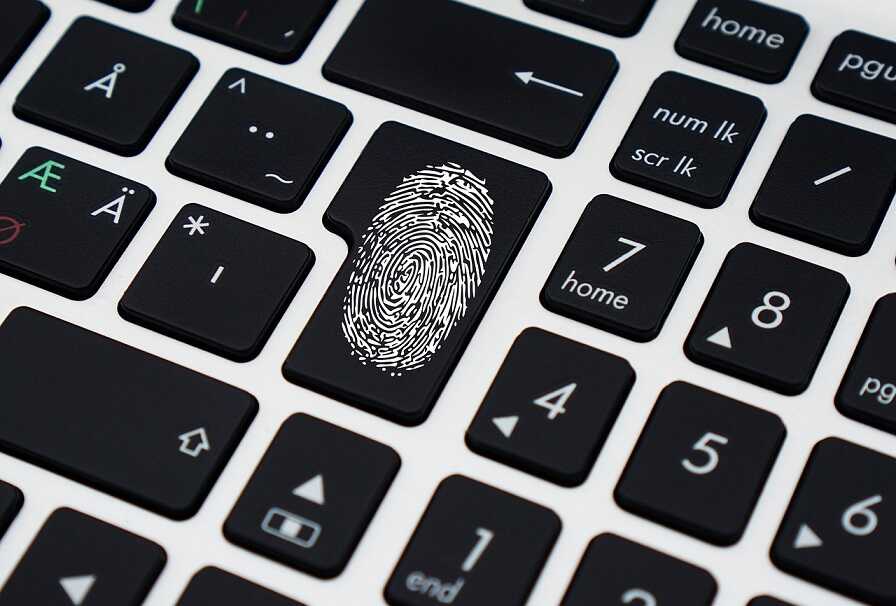How to Protect Your Home from Identity Theft
In today’s digital age, where technology plays a significant role in our lives, the threat of identity theft is a growing concern. Protecting your home from identity theft is crucial to safeguarding your personal information and financial well-being.
In this article, we will explore effective strategies and best practices to help you secure your home against identity theft.

Understanding Identity Theft
Identity theft occurs when someone gains unauthorized access to your personal information and uses it for fraudulent purposes. This can lead to financial loss, damage to your credit score, and even legal troubles. It is essential to understand the various methods used by identity thieves and take proactive measures to protect yourself and your home.
Securing Your Physical Space
Your physical environment plays a crucial role in safeguarding your personal information. Here are some steps you can take to enhance the security of your home:
Install Quality Locks and Security Systems
Ensure that all entry points, including doors and windows, have quality locks installed. Consider investing in a security system that includes surveillance cameras and alarms to deter potential intruders.
Limit Sharing Personal Information
Be cautious about sharing personal information with strangers or on social media platforms. Avoid displaying sensitive information, such as your full address or birthdate, where it can be easily accessed by others.
Secure Important Documents
Store valuable documents, such as passports, social security cards, and financial statements, in a locked safe or a secure location within your home. Make sure only trusted individuals have access to these documents.

Protecting Your Digital Presence
In the digital realm, protecting your online identity is of utmost importance. Follow these guidelines to minimize the risk of identity theft online:
Use Strong Passwords and Two-Factor Authentication
Create unique, strong passwords for all your online accounts. Consider using a password manager to securely store and manage your passwords. Enable two-factor authentication whenever possible for an additional layer of security.
Be Wary of Phishing Attempts
Beware of phishing emails and websites that aim to trick you into providing personal information. Always verify the authenticity of emails and websites before sharing any sensitive data. Avoid clicking on suspicious links or downloading attachments from unknown sources.
Keep Software and Devices Updated
Regularly update your computer’s operating system, web browsers, and antivirus software to ensure they have the latest security patches. Keep your mobile devices and apps up to date as well.
Safeguarding Personal Documents
Identity thieves often target physical documents to gain access to your personal information. Here’s how you can protect your sensitive documents:
Shred Sensitive Documents
Before discarding any personal documents, make sure to shred them thoroughly. This includes old bills, bank statements, credit card offers, and any paperwork containing personal information. Shredding prevents identity thieves from reconstructing your details from the discarded documents.
Store Documents Digitally
Consider digitizing important documents and storing them securely on encrypted devices or in password-protected cloud storage. This reduces the risk of physical theft or damage to the documents.

Educating Yourself and Your Family
Education is key to protecting your home from identity theft. By staying informed and sharing knowledge with your family members, you can collectively strengthen your defenses. Here are some areas to focus on:
Stay Updated on Identity Theft Trends
Keep yourself updated on the latest identity theft techniques, scams, and prevention strategies. Subscribe to reputable cybersecurity blogs or newsletters and educate yourself about common tactics used by identity thieves.
Teach Children about Online Safety
Educate your children about the importance of online privacy and safety. Teach them about the risks of sharing personal information online and how to identify and report suspicious activities or messages.
Conclusion
Protecting your home from identity theft requires a comprehensive approach that combines physical and digital security measures. By implementing the strategies outlined in this article, such as securing your physical space, protecting your digital presence, safeguarding personal documents, and educating yourself and your family, you can significantly reduce the risk of falling victim to identity theft.
Remember, staying vigilant and proactive is crucial in the ever-evolving landscape of cyber threats. By taking the necessary precautions, you can create a safer environment for yourself and your loved ones.
FAQs (Frequently Asked Questions)
Q1: What should I do if I become a victim of identity theft?
If you become a victim of identity theft, take immediate action. Contact your financial institutions, credit bureaus, and local authorities to report the incident and initiate the necessary steps to restore your identity and mitigate any financial damage.
Q2: Can identity theft happen offline?
Yes, identity theft can occur both online and offline. While online identity theft is more prevalent today, physical theft of personal documents or mail can also lead to identity theft. It is important to secure your physical space and be cautious with your personal information in all aspects of your life.
Q3: Is it necessary to monitor my financial accounts regularly?
Yes, regularly monitoring your financial accounts is crucial for early detection of any suspicious activity. Keep a close eye on your bank statements, credit card transactions, and other financial activities. If you notice any unauthorized transactions or discrepancies, report them immediately to your financial institution.
Q4: Are there any free resources available for learning about identity theft prevention?
Yes, many government agencies and nonprofit organizations provide free resources and educational materials on identity theft prevention. Visit the websites of organizations such as the Federal Trade Commission (FTC) or the Identity Theft Resource Center (ITRC) for valuable information and guidance.
Q5: How often should I update my passwords?
It is recommended to update your passwords regularly, at least every three to six months. Additionally, change your passwords immediately if you suspect any compromise or if a data breach has occurred on a website or service you use.






